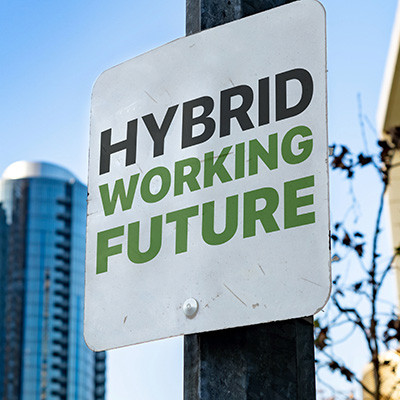Remote work has changed the way that businesses approach normal operations. Due in large part to the disruptions of the past couple of years, remote work has become a staple of the business environment, and while you might hear stories of businesses pushing hard to return to the workplace, the reality is that they are the exception rather than the norm.
IT Solutions Network Blog
Against all odds, remote work has been gradually accepted, but regardless of how your organization does it, it would be imprudent to overlook the obvious cybersecurity risks presented by remote work. Let’s take a look at the essence of zero-trust security and explore why it has evolved into the standard that organizations of all sizes should adhere to.
It’s hard to believe that it’s already been a few years since circumstances… “encouraged”... so many businesses to suddenly adopt work from home policies. As these circumstances have gradually normalized, many businesses have elected to keep these policies in place, either maintaining fully remote operations or shifting to hybrid operations.
However, some notable businesses have taken efforts to roll back remote work capabilities, if not discontinuing them entirely.
Since it was—somewhat by necessity—implemented by many businesses a few years ago, many of these same businesses have been quick to abandon remote and hybrid approaches to work. If you are considering this return, we implore you to reconsider—in fact, we’d urge you to lean into further expanding the capabilities of remote and hybrid workers.
The COVID pandemic forced businesses all over the world to adopt remote work practices, whether they were ready for them or not, and it wound up establishing full-fledged remote and hybrid positions which may never have existed otherwise. However, with these new developments come new threats, and you need to be ready to handle them as they crop up.





